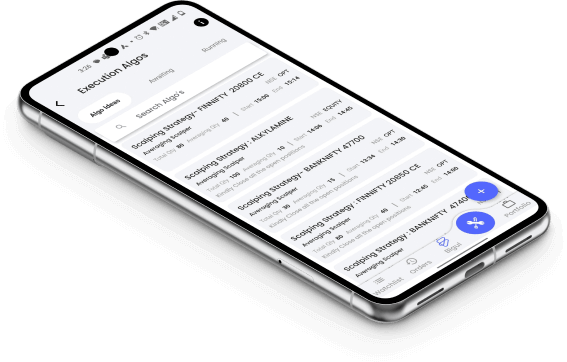1. Cumulative Preference Shares
Cumulative Preference Shares ensure that if the company can't pay dividends for one year, you'll receive them in later years. Let's say you own these shares, and the company misses a dividend payment due to financial difficulties.
With cumulative preference shares, you're entitled to collect those missed dividends in the future when the company is in a better financial position.
This feature provides you with a sense of security, knowing that you won't permanently lose out on your dividend payments if there's a temporary setback.
2. Non-Cumulative Preference Shares
Non-cumulative preference shares don't guarantee unpaid dividends from one year to the next. If the company doesn't pay dividends in a specific year, shareholders with these shares won't be able to claim those missed dividends in future years.
Essentially, it's a "use it or lose it" scenario. Unlike cumulative preference shares, there's no accumulation of unpaid dividends over time.
So, if the company doesn't distribute dividends in a particular year, shareholders with non-cumulative preference shares won't receive compensation for that missed payout later.
3. Participating Preference Shares
Participating in preference shares gives you extra dividends if a company's profits exceed a set level. If the company does well and earns more than expected, you'll receive additional dividends on top of the fixed rate. It's like getting a bonus when things go well for the company.
However, if profits don't reach the threshold, you'll still receive the fixed rate of dividends, ensuring a consistent income regardless of the company's performance beyond a certain point.
4. Non-Participating Preference Shares
Non-participating preference shares mean you only get a fixed dividend rate. Unlike participating preference shares, where you can get extra dividends if the company's profits surpass a specific level, non-participating shares don't offer this opportunity. With these shares, you receive dividends only up to the agreed-upon fixed rate.
So, while they provide stability with guaranteed dividends, you won't benefit from any additional profits the company may generate beyond the fixed rate.
5. Convertible Preference Shares
Convertible preference shares allow you to exchange them for a set number of regular company shares after a specific time.
For example, you might have the option to convert each preference share into two ordinary shares after three years.
This feature gives you flexibility because if the company's performance improves, you can benefit by converting your preference shares into regular shares, which may have a higher potential for growth or dividend payouts.
6. Redeemable Preference Shares
Redeemable preference shares can be repurchased by the company after a set period or on a specified date. This means that the company has the option to buy back these shares from shareholders at a predetermined price.
It provides flexibility to the company in managing its capital structure and can be advantageous for shareholders as they may receive the redemption price along with any accrued dividends.
However, it's important to note that redemption is subject to the terms outlined in the share agreement.
7. Adjustable-Rate Preference Shares
Adjustable-rate preference shares have a flexible dividend rate that can change depending on market conditions or predefined factors.
Unlike fixed-rate preference shares, where the dividend rate remains constant, adjustable-rate shares allow for adjustments over time. This can provide investors with potential benefits if market conditions improve, as they may receive higher dividends.
However, it also means that dividends could decrease if market conditions worsen, so you should be aware of the risks involved in this type of investment.















